The mouse is an integral component of the computer. It is used to move the cursor around the screen, make selections and changes, and scroll down the window. If the mouse ceases to function, it can lead to many problems while working on the system.
Say, you are working on an important presentation, and the mouse stops functioning. You don’t have the time to take your system to a technician, neither are you aware of the problem. To avoid such situations, you must understand the various problems causing the malfunction and resolve them.
A number of hardware and software issues can lead to a malfunctioning mouse. The best part is that most of these can be resolved easily at home. In this article, we will discuss the various troubleshooting methods to fix the mouse problem in Windows 10.
Battery & Connection Check

The first thing to check for if your wired mouse isn’t working is the connection and cable. Ensure that the connections are alright. Check for any damage to the cable. If found, repair or replace it. Also, try to plug another device in the port to see if the port works fine. You can also plug the mouse into another port and see if the mouse works fine.
If you are using a Bluetooth enabled mouse, check whether it’s charged. A good option would be to fully charge it and then see if the issue is resolved. You can also change the batteries. Also, check for objects between the mouse and the computer, which may block the signals, and remove them.
Driver Issues
Update Driver
Sometimes, the driver may not function properly after updating the Windows or due to multiple other reasons. In such cases, you can update the driver, and switch to the latest version, to resolve the issue.
To update the driver, search for ‘Device Manager’ in the Start Menu and then click on it, or you can select it from the Quick Access Menu.
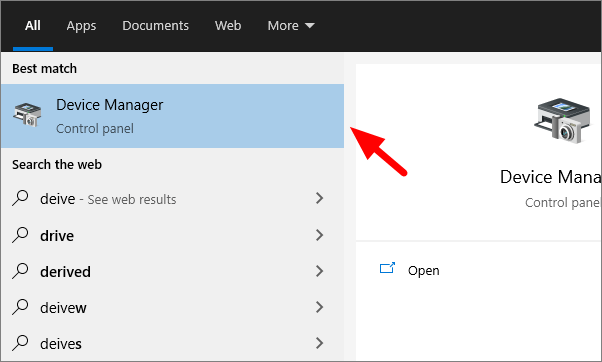
In the Device Manager, look for ‘Mice and other pointing devices’ and double-click on it. Now right-click on the mouse which is malfunctioning and select ‘Update driver’ from the context menu.
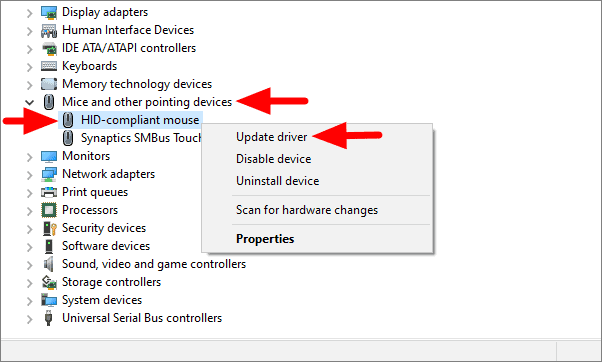
Select the first option, ‘Search automatically for drivers’, and Windows will search for the best driver for your system. Allowing Windows to search and install the drivers is much safer than doing it by yourself since Windows will always look for the right file.
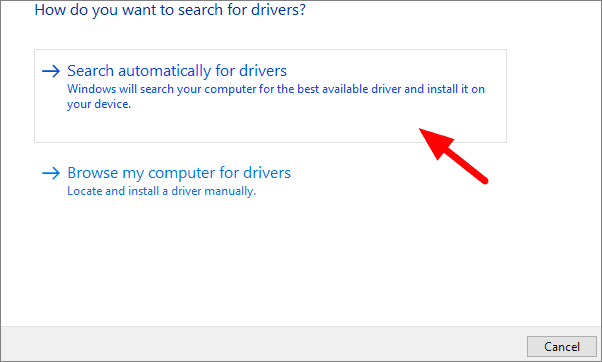
Roll Back Driver
Many a time, updating drivers can cause devices to stop working. If you have recently updated the driver, try switching to the previous version and see if it works.
To roll back to the previous version, right-click on the device name and select ‘Properties’.
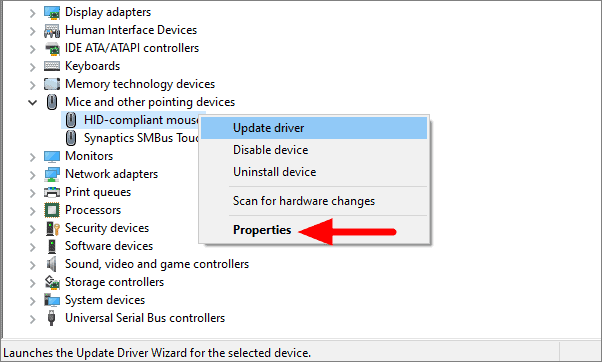
Go the the ‘Driver’ tab in properties and click on ‘Roll Back Driver’.

Uninstall & Reinstall Driver
There is always a chance of the driver going corrupt due to multiple reasons. In this case, uninstalling and then reinstalling the driver solves the problem.
To uninstall the driver, right-click on the device name and then select ‘Uninstall device’.
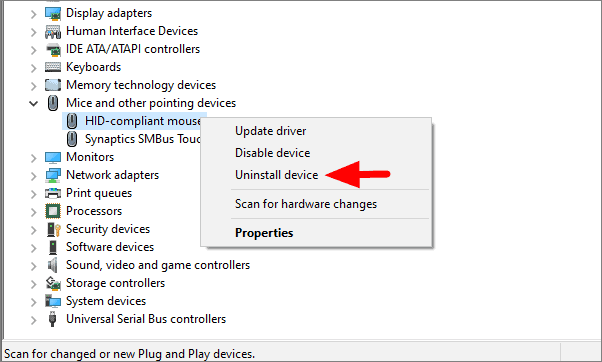
Click ‘Uninstall’ on the warning dialog box.
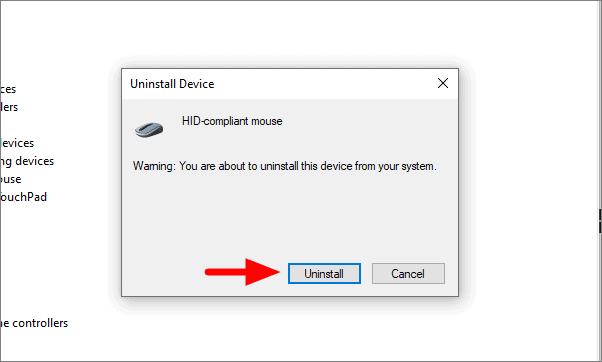
After the drivers are removed from your system, reboot it to reinstall the driver. If there was an issue with the driver, your mouse should work fine now.
Turn Off Fast Startup
Fast startup ensures that the time to start a computer is reduced when turned on. This setting is activated by default in Windows and could be the cause behind the mouse malfunctioning.
To turn off fast startup, search for Control Panel in the Start Menu and select it.

Select ‘System and Security’, the first option.
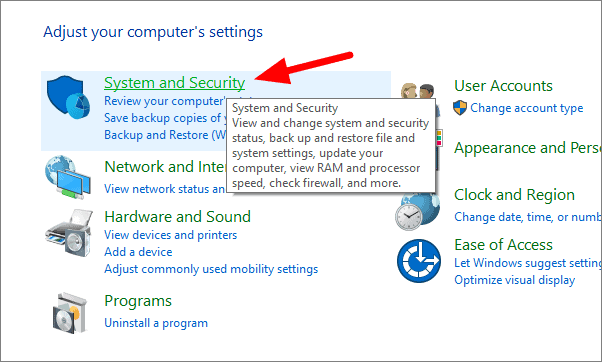
In System and Security, click on ‘Change what the power buttons do’ under Power options.
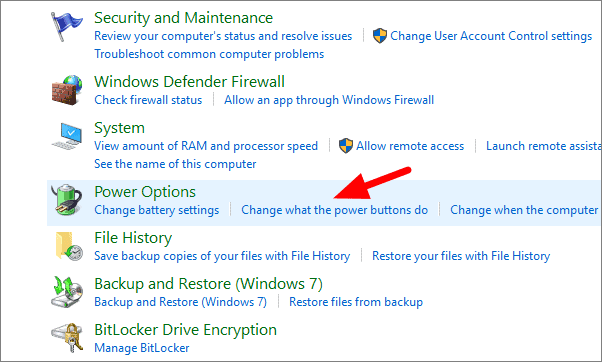
In the next window, click on ‘Change settings that are currently unavailable’ at the top.
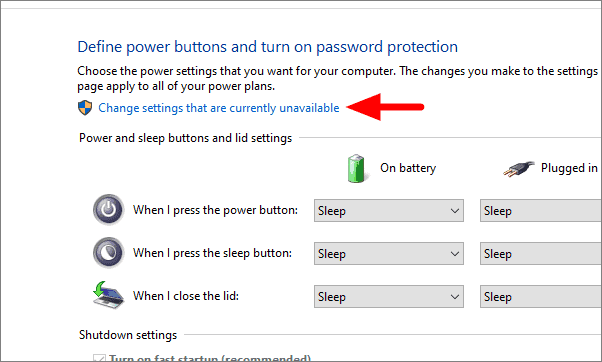
Now move to the bottom of the same window and untick the checkbox for ‘Turn on fast startup’.
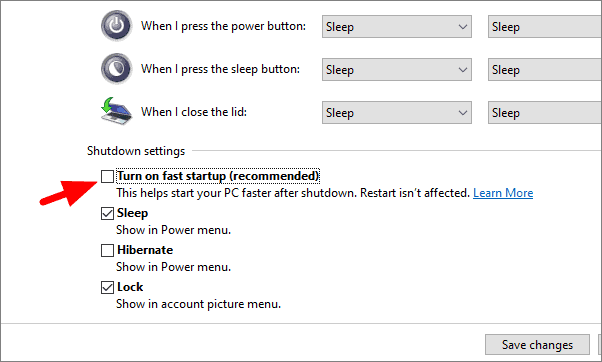
The fast startup feature has now been disabled. Reboot your system and check if the mouse has started working.
Windows Troubleshooter
If none of the above methods worked for you, use the built-in troubleshooter to identify and resolve the issue.
To run the troubleshooter, open the control panel and then click on ‘View devices and printers’ under Hardware and Sound.
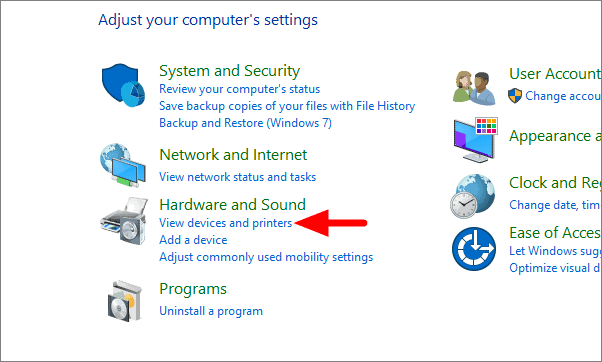
Now, right-click on the mouse you are having trouble with and then select ‘Troubleshoot’.
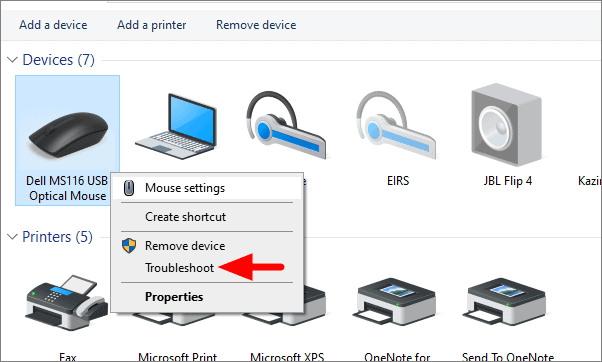
Windows will now run the troubleshooter, follow the instructions on it to resolve the issue.
You can now resolve most of the issues with your mouse by employing the troubleshooting techniques discussed above.










Member discussion